Table of Contents
The exclamation mark is a punctuation symbol that shows strong emotions like excitement, surprise, anger, or urgency. It is used at the end of a sentence to make it more powerful. Whether showing excitement or giving a command, it makes a sentence stronger and more expressive.
What is An Exclamation Mark?
An exclamation mark is a punctuation symbol used to express strong emotions or emphasis in a sentence. It often appears at the end of statements that convey excitement, surprise, anger, or urgency.
Examples Sentences:
Wow, that was an amazing performance!
Watch out, there’s a car coming!
I can’t believe we finally won!
When to Use Exclamation Mark
1. To Express Strong Emotions
We use exclamation marks when someone is feeling a strong emotion, like excitement, surprise, anger, or joy. This helps the reader feel the intensity of the moment.
- I can’t believe you’re here!
- What a beautiful day!
- Stop yelling at me!
2. To Show Commands or Warnings
When giving a command or a warning, an exclamation mark adds urgency or importance, making the reader pay more attention.
- Watch out, the floor is wet!
- Be quiet!
- Don’t touch that!
3. To Add Emphasis
Sometimes, we use an exclamation mark to emphasize something important or surprising, even if it’s not an emotion.
- You did an amazing job!
- This pizza is so good!
- That’s the biggest dog I’ve ever seen!
4. In Exclamatory Sentences
Exclamatory sentences naturally express excitement or a strong feeling, and they almost always end with an exclamation mark.
- What a great movie!
- How fast he runs!
- What a surprise this is!
Why To Use Exclamation Mark
We use an exclamation mark to show emotion and importance in writing. It helps the reader feel the intensity of the words.
It works like tone in speaking—changing for excitement, anger, or surprise.
For example:
- I won the game. (calm)
- I won the game! (excited)
It also makes commands or warnings stronger:
- Stop. (flat)
- Stop! (urgent)

Rules for Using Exclamation Marks
1. They show excitement, anger, surprise, or joy, making feelings clear.
- That was incredible!
- I can’t believe she said that!
2. Use Exclamation Marks for Urgent Commands or Warnings
They make commands or warnings sound urgent and forceful.
- Stay away from the edge!
- Watch out for the car!
3. Use Exclamation Marks for Exclamatory Sentences
They emphasize strong feelings in statements starting with “What” or “How.”
- What a beautiful surprise!
- How amazing this day has been!
4. Avoid Overusing Exclamation Marks
Too many weaken their effect. Use them sparingly to keep writing clear.
- I’m so excited to go to the concert!
- She actually finished the project ahead of time!
- Wow, that was close!
Example Sentences with Exclamation Mark
- Wow, that’s an amazing painting!
- Help, I’ve lost my keys!
- Congratulations on your big win!
- Be careful, the floor is slippery!
- What a fantastic idea you had!
- Stop right there!
- I can’t believe how fast you ran!
- Hurry up, we’re going to be late!
- That was the best meal I’ve ever had!
- Watch out for the falling tree!
Exclamation Mark vs Parentheses
| Feature | Exclamation Mark | Parentheses |
|---|---|---|
| Purpose | Expresses emotion or emphasis | Adds extra information |
| Usage | Shows excitement, surprise, or urgency | Provides clarification or details |
| Examples | This is the best day ever! | The event will be held next Friday (October 25th). |
| = | I can’t wait for the weekend! | She bought a new car (her favorite color is blue). |
| = | Stop running in the hallway! | We are going to Italy (my dream destination) next summer. |
Common Mistakes Exclamation Marks
Overusing Exclamation Marks
Using too many exclamation marks reduces their impact. Use them sparingly for better effect.
✗ I love pizza! It’s my favorite food! I could eat it every day!
✓ I love pizza. It’s my favorite food! I could eat it every day.
Using Multiple Exclamation Marks
One is enough—using more can seem unprofessional or exaggerated.
✗ That was amazing!!!
✓ That was amazing!
Combining Exclamation Marks and Question Marks
Avoid mixing these, as it confuses the tone. Choose one based on intent.
✗ What are you doing here?!
✓ What are you doing here?
Exclamation Marks in Neutral Sentences
They should only be used for strong emotions, not simple facts.
✗ We are going to the store!
✓ We are going to the store.
Exclamation Marks in Formal Writing
In professional or academic writing, exclamation marks can seem too casual. Use periods instead.
✗ I’m excited to present my findings!
✓ I’m excited to present my findings.
FAQS
1. When should I use an exclamation mark?
Use an exclamation mark to show strong emotions like excitement, surprise, urgency, or emphasis. Example: “That was amazing!”
2. Can I use multiple exclamation marks?
It’s best to use only one exclamation mark. Multiple exclamation marks (“Wow!!!”) can seem unprofessional or exaggerated.
3. Is it okay to use exclamation marks in formal writing?
Generally, no. In academic or professional writing, exclamation marks can make the tone too casual. Use a period instead.
4. Can I use an exclamation mark and a question mark together?
Avoid combining them (“Really?!”) as it can confuse the reader. Choose either a question mark or an exclamation mark based on the sentence’s intent.
You May Also Like

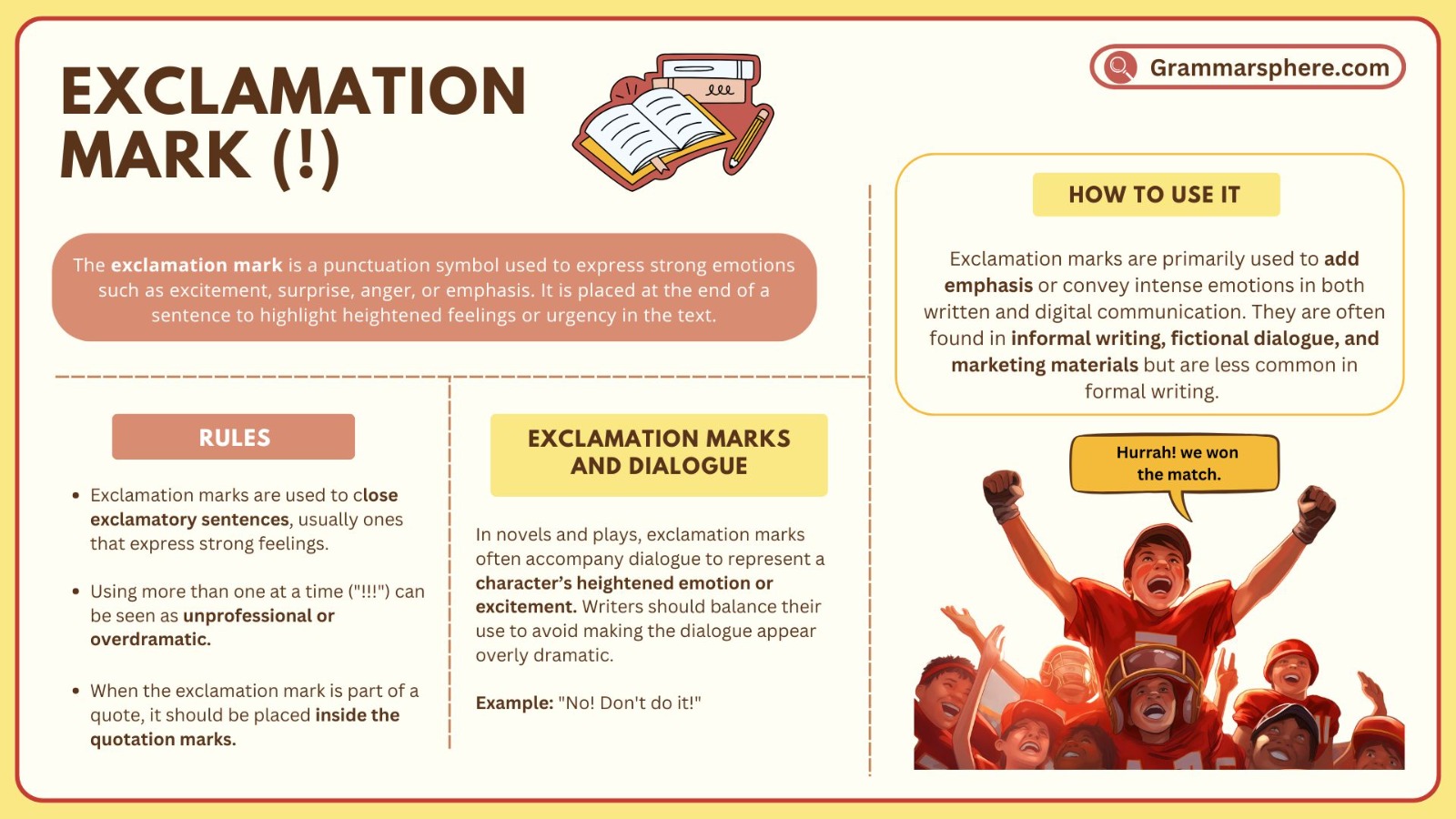
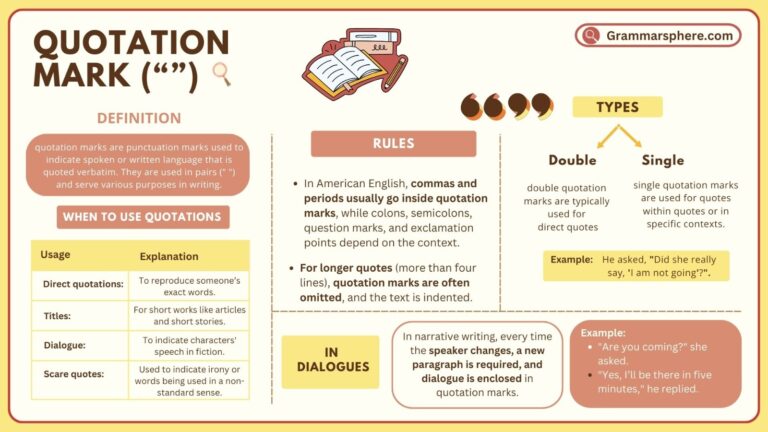
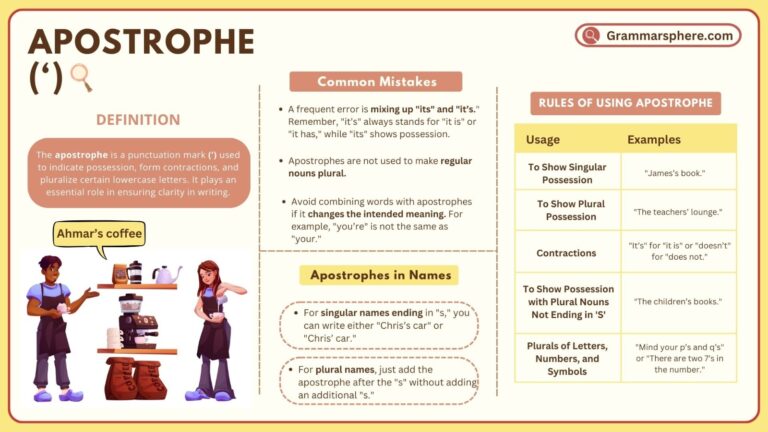
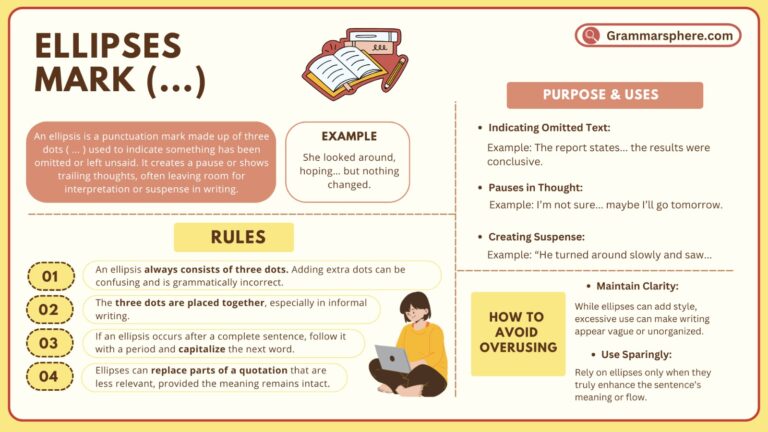
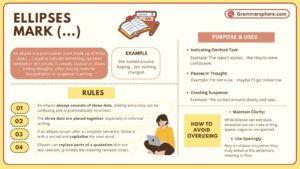


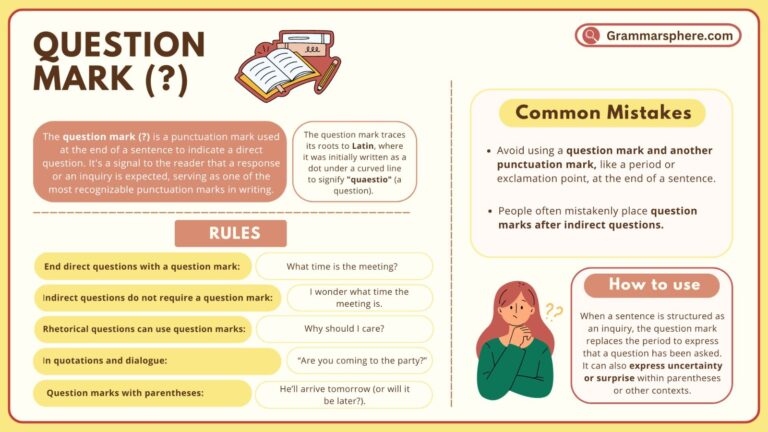
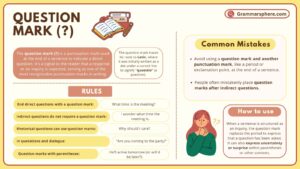
Leave a Comment